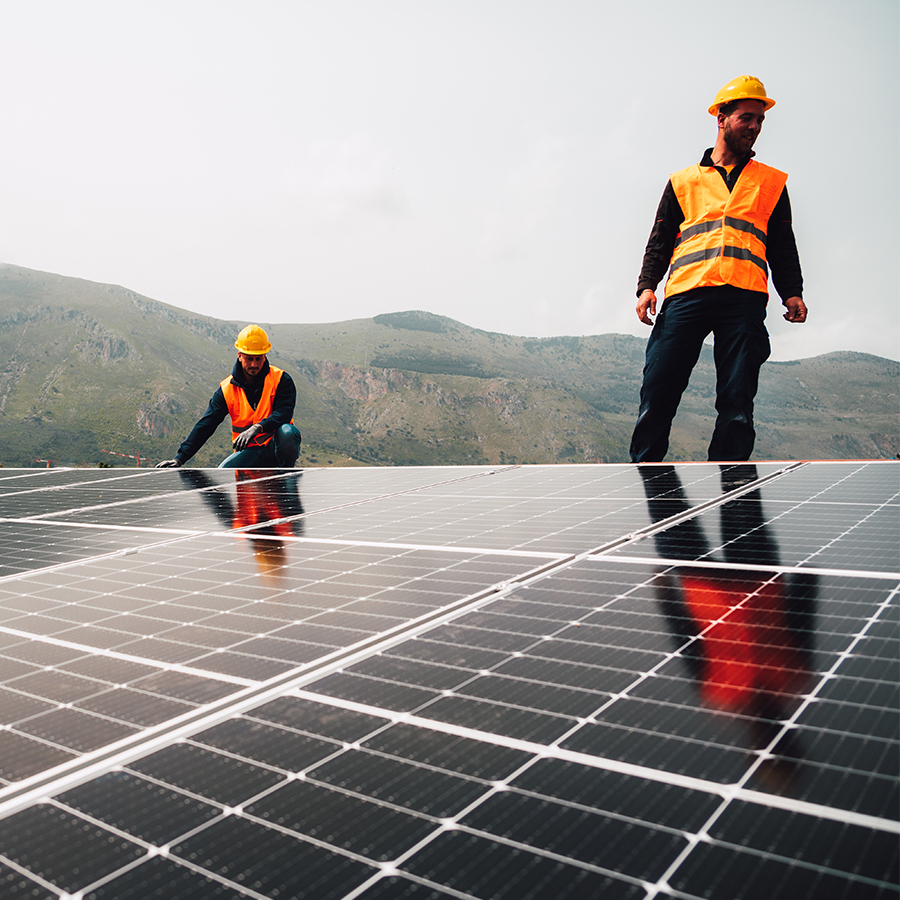Sewage-to-Energy Biogas Plants
Solution
Overview
Our sewage-to-energy solutions convert sludge from wastewater treatment plants into usable biogas for electricity and heat generation. This process reduces sludge disposal costs, lowers methane emissions, and creates an additional energy source.
Renewable Energy
Converts sewage sludge into usable biogas.
Waste Reduction
Cuts disposal costs & landfill burden.
Emission Control
Prevents methane release into the atmosphere.
Cost Savings
Generates power from existing waste streams.
Key Features
Why Bharat Renewables Stands Out
Biogas plants in India often underperform—not because of the technology, but due to poor implementation, lack of training, and weak after-sales support.
Adv. Biogas Technology
High methane yield with advanced purification systems.
Project Expertise
From design to operation with lifetime maintenance.
Sustainability & Cost Efficiency
Eco-friendly, low-cost solutions for maximum ROI.
Best Energy company and award
benefit from almost 20 years of experience.
How It work
From Waste to Worth – In Just Four Steps
Discover how Bharat Renewables Pvt Ltd transforms organic waste into high-purity Compressed Biogas (CBG) and organic fertilizer through a seamless 4-step process—delivering clean energy, reducing carbon emissions, and supporting a sustainable future.
Waste Collection
We collect agricultural waste, MSW, press mud, food scraps, and other organic feedstocks, then prepare them for efficient biogas production.
Anaerobic Digestion
In our CSTR digesters, microorganisms break down the waste without oxygen, producing methane-rich biogas and nutrient-filled digestate.
CBG Production
We use H₂S scrubbers, PSA, and membrane systems to refine biogas into high-purity Compressed Biogas (CBG) for transport, industry, and power.
Byproduct Utilization
The leftover digestate is processed into organic fertilizer, completing the circular economy and reducing waste.
FAQs
you need questions about our company? ask here!
We offer end-to-end waste-to-energy solutions, including biogas plant design & installation, Compressed Biogas (CBG) production systems, biogas purification, feedstock pretreatment, organic fertilizer recovery, and sewage-to-energy projects. Our solutions are customized based on your feedstock availability, energy requirements, and budget.
CBG is a purified form of biogas produced from organic waste like agricultural residues, press mud, MSW, and cow dung. It has a methane content of over 90%, making it similar in composition to fossil-based natural gas, but it’s renewable and eco-friendly. Unlike natural gas, CBG reduces carbon emissions and supports India’s SATAT clean fuel initiative.
Our biogas plants can process a wide range of feedstocks, including:
Municipal Solid Waste (MSW)
Agricultural residues & crop waste
Press mud & spent wash from sugar mills
Food waste from restaurants & food processing units
Cow dung & poultry waste
Industrial effluents
Yes. We assist clients in applying for MNRE (Ministry of New and Renewable Energy) subsidies and align our projects with the SATAT scheme to ensure maximum financial and policy benefits.
Absolutely. The digestate left after biogas production is processed into nutrient-rich organic biofertilizer. This enhances soil health, reduces the need for chemical fertilizers, and supports sustainable farming.
Yes. We provide lifetime maintenance agreements, 24/7 technical assistance, and operator training programs to ensure your biogas plant runs efficiently for years.
The time frame depends on the scale of the project and type of feedstock, but most installations are completed between 4 to 12 months, including design, fabrication, and commissioning.
Yes. Our scalable biogas and CBG solutions cater to small farms, medium-scale industries, and large municipal corporations—tailored to your capacity and sustainability goals.
We combine cutting-edge technology, customized plant design, MNRE-compliant systems, strong after-sales support, and operator training to ensure high methane yield and long-term plant performance—not just installation.




